In recent years, the Middle East has witnessed a growing adoption of advanced materials to meet the demands of its expanding infrastructure and construction projects. One such innovative solution making significant inroads is the use of PE-RT (Polyethylene of Raised Temperature Resistance) pipes for water supply systems. This article explores the key advantages that PE-RT pipes offer in addressing the unique challenges, installation guidelines and best practices, and case studies of water supply infrastructure in the Middle East.
Key advantages of PE-RT pipes
Polyethylene of Raised Temperature resistance (PE-RT) pipes offers several key advantages that address the unique challenges of water supply infrastructure in the Middle East:
1. Temperature Resistance
- Challenge: The Middle East experiences extremely high temperatures, posing a challenge to traditional piping materials that may degrade or lose integrity under heat stress.
- Advantage: PE-RT pipes are designed to withstand elevated temperatures, making them ideal for the hot climate of the Middle East. They maintain their structural integrity and performance even in extreme heat conditions.
2. Flexibility and Easy Installation
- Challenge: Diverse terrains and complex urban landscapes in the Middle East require flexible and easily installable piping solutions.
- Advantage: PE-RT pipes are highly flexible, allowing for easy installation around obstacles and adapting to various layouts without the need for excessive fittings. This flexibility streamlines the installation process in challenging environments.
3. Corrosion Resistance
- Challenge: The Middle East often has soils with corrosive properties, putting traditional metal pipes at risk of corrosion.
- Advantage: PE-RT pipes are resistant to corrosion, ensuring a longer service life even in corrosive environments. This property is crucial for maintaining the integrity of water supply systems in the region.
4. Durability and Longevity
- Challenge: Harsh environmental conditions, including high temperatures and abrasive soils, can impact the durability of water supply infrastructure.
- Advantage: PE-RT pipes are durable and have a long service life, contributing to the reliability of water distribution networks. Their resistance to wear and tear makes them suitable for the challenging conditions in the Middle East.
5. Chemical Resistance
- Challenge: Water sources in the Middle East may contain chemicals that can degrade or react with traditional pipe materials.
- Advantage: PE-RT pipes exhibit excellent chemical resistance, ensuring that the pipes maintain their structural integrity and do not degrade when exposed to different water chemistries.
6. Adaptability to Rapid Urbanization
- Challenge: The Middle East is experiencing rapid urbanization and population growth, necessitating adaptable water supply solutions.
- Advantage: PE-RT pipes are adaptable to evolving infrastructure needs, providing a sustainable solution for expanding cities. They can accommodate changes in demand and support the development of efficient water supply systems.
7. Reduced Maintenance Costs
- Challenge: High maintenance costs can be a concern in water supply systems, particularly in harsh environmental conditions.
- Advantage: The durability of PE-RT pipes reduces maintenance requirements, leading to potential cost savings over time. Their longevity contributes to a more cost-effective and sustainable water infrastructure.
8. Compliance with International Standards
- Challenge: Ensuring that water supply systems comply with international standards is crucial for safety and reliability.
- Advantage: PE-RT pipes are designed to meet international standards and regulations, providing confidence in their safety and performance. This compliance ensures that water supply systems using PE-RT pipes adhere to recognized industry norms.
The key advantages of PE-RT pipes, including temperature resistance, flexibility, corrosion resistance, durability, chemical resistance, adaptability, and compliance with standards, collectively make them a well-suited solution to address the unique challenges of water supply infrastructure in the Middle East.
Installation Guidelines and Best Practices
The installation of PE-RT (Polyethylene of Raised Temperature resistance) pipes is a critical aspect of ensuring the performance, longevity, and safety of a water supply system. Following proper installation guidelines and best practices is essential. Here are key guidelines and best practices for the installation of PE-RT pipes:
1. Compliance with Standards
- Ensure that the installation adheres to local and international standards and codes relevant to plumbing and water supply systems. Standards such as ASTM F2769 and ISO 22391 provide guidelines for PE-RT pipe installation.
2. Proper Handling and Storage
- Handle PE-RT pipes with care to prevent damage. Avoid dropping, dragging, or subjecting pipes to excessive force during transport and storage. Store pipes away from direct sunlight and in a dry, cool area to prevent UV exposure and potential heat damage.
3. Inspection Before Installation
- Conduct a thorough inspection of the PE-RT pipes before installation to check for any visible defects, damage, or contaminants. Ensure that the pipes are free from scratches, gouges, or other imperfections that could compromise their integrity.
4. Cutting and Joint Preparation
- Use appropriate tools designed for cutting PE-RT pipes. Ensure a clean, square cut to promote proper jointing. Remove any burrs or debris from the cut ends to prevent interference with fittings and maintain smooth flow.
5. Fusion Jointing
- Fusion jointing is a common method for connecting PE-RT pipes. Follow the manufacturer's guidelines for fusion jointing equipment and procedures. Maintain the proper fusion pressure, temperature, and cooling times to achieve strong, leak-free joints.
6. Mechanical Jointing
- If using mechanical joints, follow the manufacturer's recommendations for fittings and installation procedures. Ensure that fittings are compatible with PE-RT pipes and comply with relevant standards.
7. Thermal Expansion and Contraction
- Account for thermal expansion and contraction, especially in outdoor or exposed installations subject to temperature variations. Use expansion loops, bends, or expansion compensators to accommodate temperature changes and prevent stress on the system.
8. Support and Bracing
- Properly support and brace the PE-RT pipes to prevent sagging, bending, or excessive movement. Adequate support ensures the integrity of the system and prevents stress on joints and fittings.
9. Avoid Direct Sunlight Exposure
- When installing PE-RT pipes outdoors, avoid direct exposure to sunlight. If exposure is unavoidable, use insulation or protective covers to shield the pipes from UV radiation, which can degrade the material over time.
10. Flushing and Pressure Testing
- Before commissioning the system, thoroughly flush the pipes to remove any debris or contaminants. Conduct pressure testing according to industry standards to ensure the integrity of joints and the overall system.
11. Training and Qualified Personnel
- Ensure that installation is carried out by trained and qualified personnel familiar with PE-RT pipe systems. Proper installation practices contribute to the overall reliability and performance of the water supply system.
12. Documentation and As-Built Drawings
- Maintain accurate documentation of the installation, including 'as-built' drawings. This information is valuable for future maintenance, modifications, or expansions of the water supply system.
Adhering to these guidelines and best practices is crucial for a successful PE-RT pipe installation. Consulting with the pipe manufacturer, following industry standards, and considering the specific requirements of the project are essential steps in ensuring a reliable and efficient water supply system.
Case Studies of pert pipes
1. Residential Plumbing in Hot Climates
- Scenario: A residential development in a hot climate region required a plumbing system capable of withstanding high temperatures and providing reliable hot water supply.
- Solution: PE-RT pipes were chosen due to their excellent temperature resistance. The flexibility of PE-RT facilitated easy installation in the residential structures, ensuring a durable and efficient plumbing system.
2. Underfloor Heating in Cold Climate
- Scenario: A commercial building in a cold climate sought an energy-efficient underfloor heating system that could withstand temperature variations without compromising performance.
- Solution: PE-RT pipes were selected for their flexibility and ability to handle temperature changes. The pipes were easily installed beneath the floors, providing even and consistent heating throughout the building.
3. Municipal Water Distribution System
- Scenario: A municipality needed to upgrade its water distribution network to accommodate population growth and ensure water quality.
- Solution: PE-RT pipes were used for their corrosion resistance and durability. The pipes were installed in the existing infrastructure, reducing the risk of leaks and improving the overall reliability of the municipal water supply system.
4. Industrial Water Supply in Harsh Environments
- Scenario: An industrial facility operating in a harsh environment with corrosive elements required a robust water supply system.
- Solution: PE-RT pipes, known for their corrosion resistance, were selected to withstand the challenging industrial conditions. The durability of PE-RT pipes contributed to the long-term reliability of the water supply infrastructure.
5. Large-Scale Commercial Complex
- Scenario: A large commercial complex with diverse water supply needs, including hot water for various applications, required a versatile piping solution.
- Solution: PE-RT pipes were chosen for their flexibility and temperature resistance. The pipes were installed to meet the complex plumbing requirements of the commercial complex, ensuring efficient water distribution.
These case study scenarios showcase the versatility of PE-RT pipes in various applications, including residential plumbing, underfloor heating, municipal water distribution, industrial settings, and large-scale commercial complexes. For more detailed and specific case studies, it's recommended to consult industry journals, project reports, or reach out to PE-RT pipe manufacturers and suppliers who may have documented successful projects.
PE-RT pipes have emerged as a transformative solution for water supply systems in the Middle East, offering a combination of temperature resistance, flexibility, corrosion resistance, and durability. As the region continues to experience rapid urbanization and infrastructure development, the adoption of advanced materials like PE-RT pipes is likely to play a pivotal role in ensuring sustainable and reliable water supply networks for the future.
463.webp)
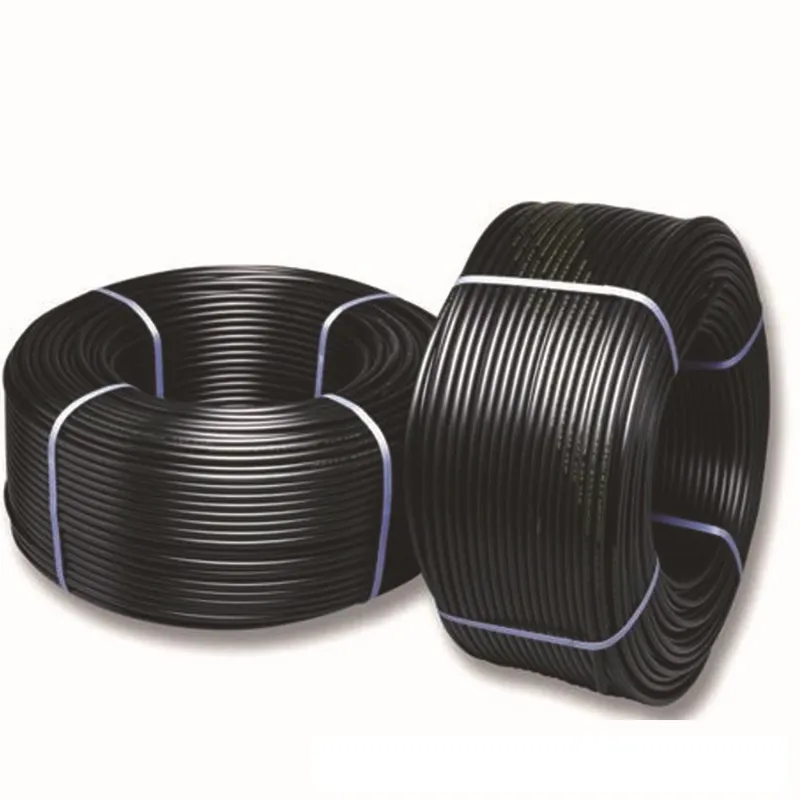

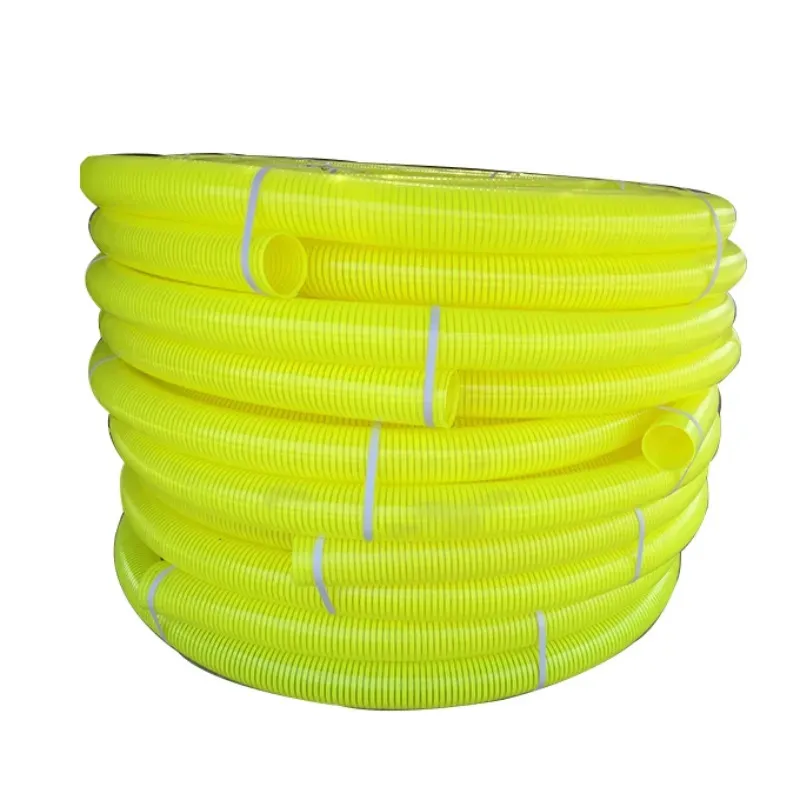
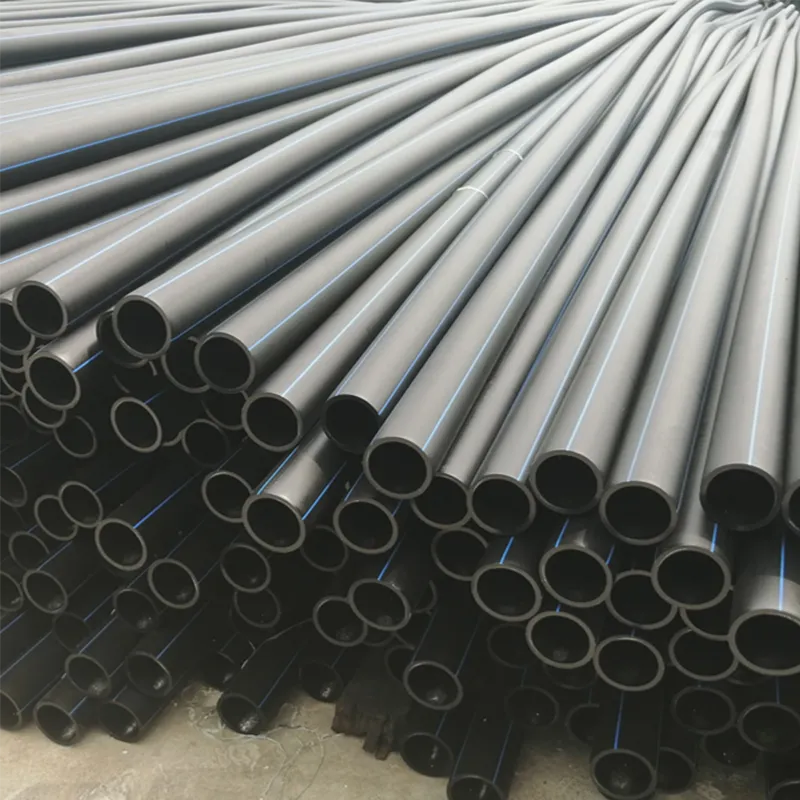
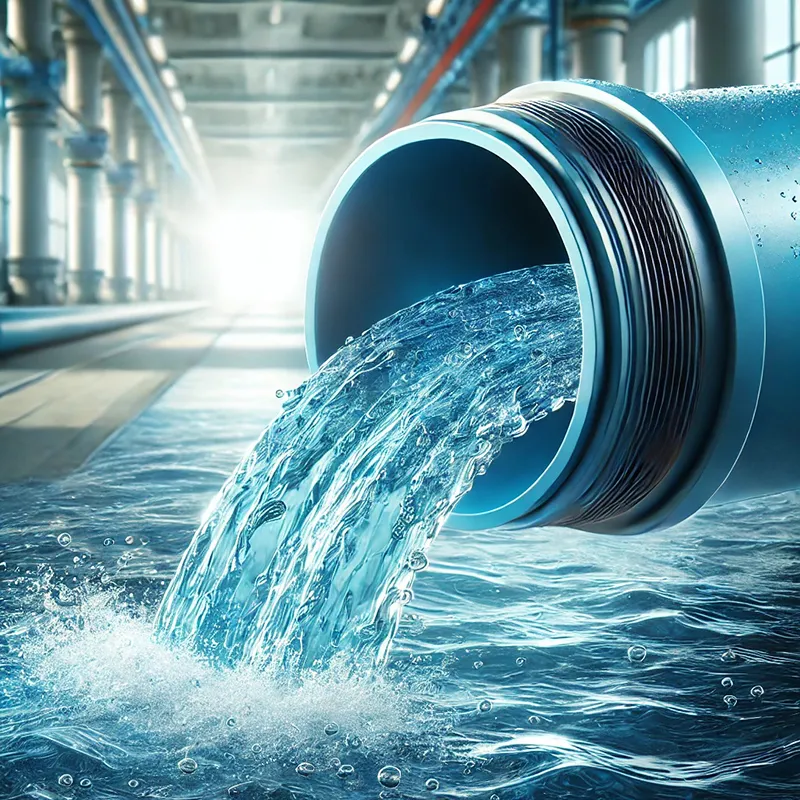
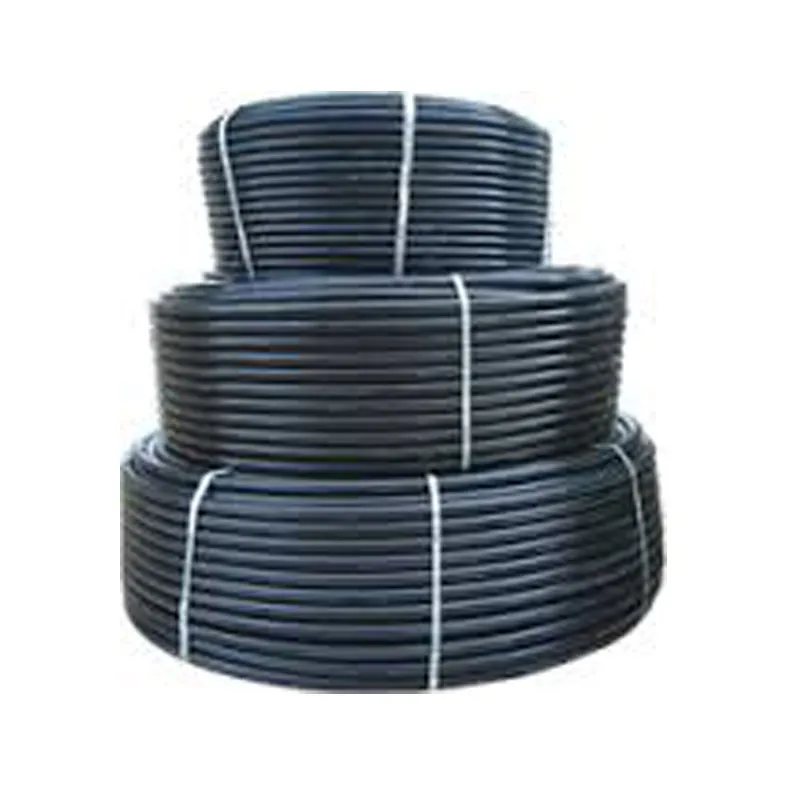
294.webp)
476.webp)
420.webp)
146.webp)
460.webp)
287.webp)
274.webp)
688.webp)


